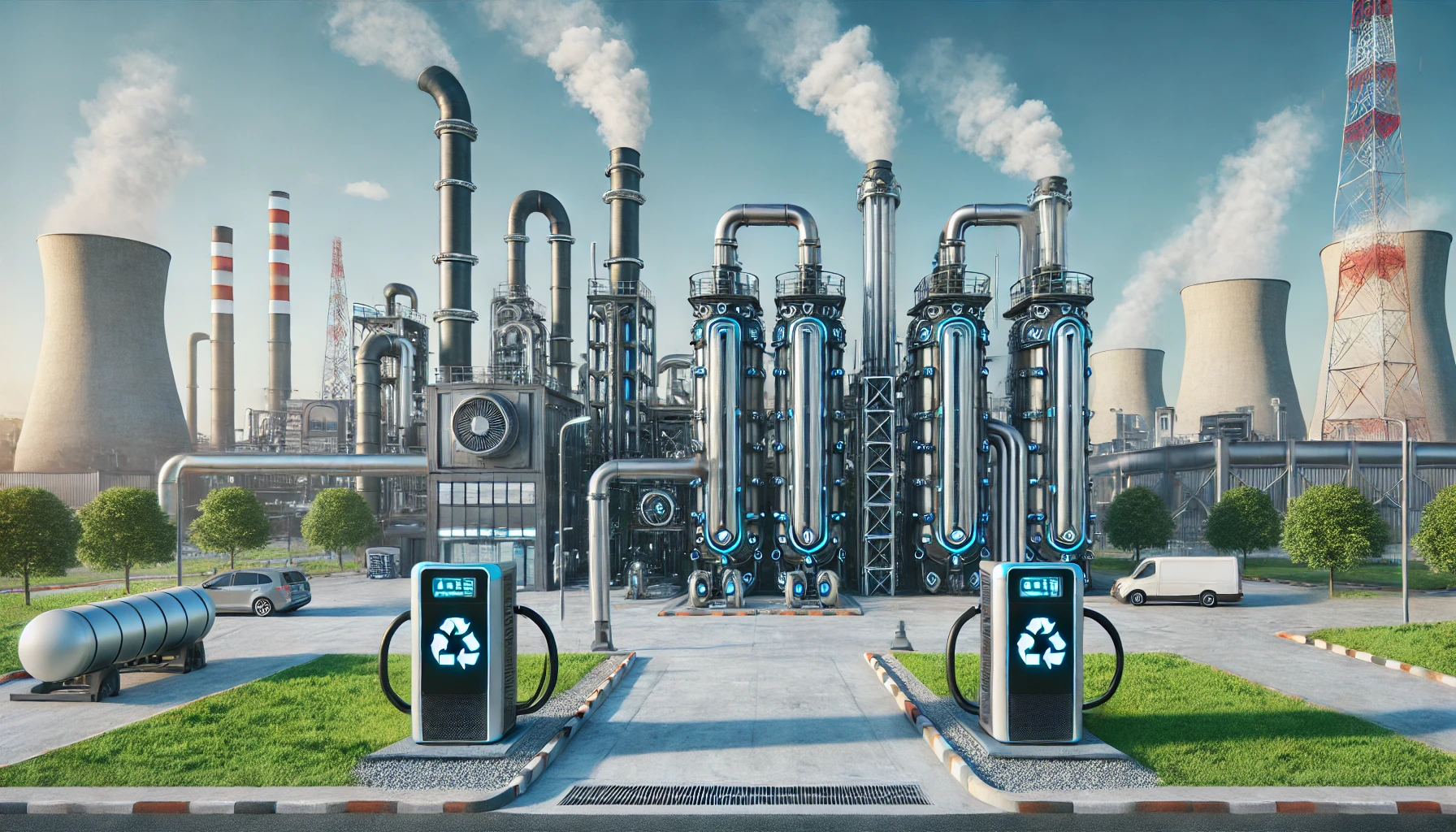As climate change concerns intensify, the U.S. and Europe are making substantial strides in reducing carbon emissions, particularly through investments in carbon capture technologies. These efforts are driven by the need to curb the significant carbon output of industrial sectors, which contribute massively to global emissions. While renewables like wind and solar are crucial to reducing energy-related emissions, industries such as steel, cement, and chemical production are harder to decarbonize due to their reliance on fossil fuels and high-temperature processes.
Why Carbon Capture Matters
Carbon capture, utilization, and storage (CCUS) technologies are essential to limiting emissions from these sectors. They work by capturing carbon dioxide (CO2) directly from industrial processes before it is released into the atmosphere. The captured carbon can either be stored underground or reused in various ways, such as in the production of new materials. By removing CO2 emissions, carbon capture helps industries move towards a more sustainable future while maintaining operational efficiency.
According to reports from J.P. Morgan and Deloitte, carbon capture is critical for meeting global climate goals, such as the Paris Agreement, which aims to limit global warming to 1.5°C. Without these technologies, it would be nearly impossible for many industries to reduce their emissions enough to meet international targets.
Investment Surge in the U.S. and Europe
In both the U.S. and Europe, governments and private sector players are investing heavily in carbon capture technology. The U.S. government has introduced tax credits and funding programs to encourage the development of CCUS projects. Europe, too, is prioritizing carbon capture as part of its European Green Deal, aiming for climate neutrality by 2050. This push has spurred billions of dollars in investments into new projects and research.
For instance, in the U.S., the Department of Energy announced major funding for carbon capture demonstration projects, particularly in sectors like cement and steel. These industries are often referred to as “hard-to-abate” because they require significant technological shifts to decarbonize. In Europe, companies are partnering with research institutions to develop new capture methods and improve existing infrastructure for CO2 storage.
Challenges and Opportunities Ahead
While carbon capture offers enormous potential, there are still challenges to overcome. The cost of developing and deploying CCUS systems remains high, although increased funding and policy support are helping drive down costs. Moreover, the infrastructure needed to transport and store captured CO2 is still under development, particularly in regions without established networks for carbon storage.
On the upside, carbon capture technologies are rapidly advancing, with innovations focusing on increasing capture efficiency and finding new ways to use captured carbon. As more companies recognize the business case for reducing emissions, the adoption of these technologies is expected to accelerate.
The expansion of carbon capture technology is a crucial step toward achieving global climate goals, especially for industries with high emissions. With substantial investments from both the U.S. and Europe, the future of carbon capture looks promising. By addressing current challenges and continuing to innovate, carbon capture could play a pivotal role in reducing industrial emissions and moving the world closer to a net-zero future.




